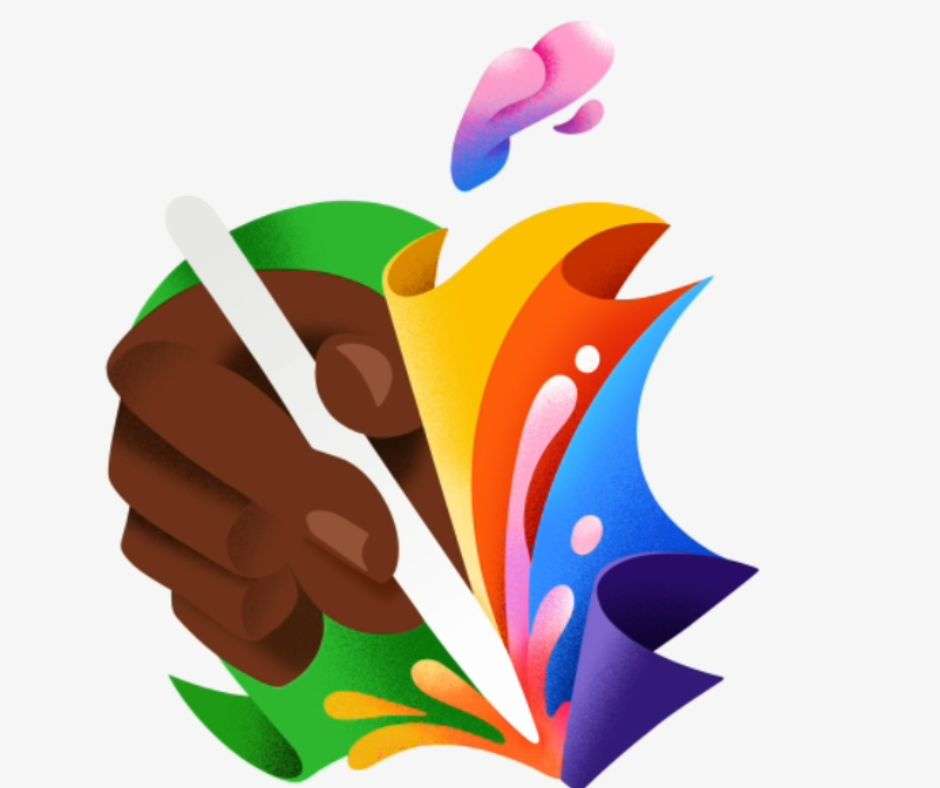In the era of technological advancement, the portrayal of machines and artificial intelligence (AI) has always been a topic of debate. Recently, Apple’s new iPad Pro advertisement, titled “Crush,” has sparked an unexpected backlash from the creative community, including award-winning professionals. This blog post dives deep into the controversy surrounding the ad, shedding light on the concerns raised by creative individuals and the implications for the role of technology in human creativity.

Understanding the Backlash
It’s no secret that advertisements often tread a fine line between being edgy and resonating with the audience. However, the “Crush ad” by Apple seems to have crossed that line, especially in the eyes of creative professionals. The commercial features a machine crushing various items, including old TVs, musical instruments, and books, magically transforming them into the new iPad Pro. While the ad is undeniably slick and visually appealing, it has been criticized for highlighting the supremacy of machines and AI over human creativity.
Industry Reactions
The backlash against the “Crush ad ” has been swift and widespread. Notable figures, including actors, producers, and filmmakers, took to social media platforms to express their disapproval. Hugh Grant labeled the ad as “the destruction of the human experience” by Silicon Valley. Producer Asif Kapadia highlighted the exploitation of artists by tech giants, stating, “It is the most honest metaphor for what tech companies do to the arts, to artists, writers, filmmakers, musicians, creators: squeeze them, , not pay well ,use them, take everything & say it’s all created by them.” This sentiment was echoed by several individuals in the creative industry, signaling a shared concern about the impact of technology on human creativity.
The Ad’s Impact on Creativity
The core issue stems from the perception that the “Crush ad” implies the obsolescence of traditional creative tools and the potential replacement of human artistry by technology. With the increasing integration of AI tools in various creative domains, there’s a palpable sense of apprehension among professionals, particularly in the fields of art, music, and filmmaking. The ad’s portrayal of a single device seemingly superseding the multitude of tools utilized by human artists has raised valid concerns about the future of creativity in an increasingly technocentric world.
Apple’s Response
As the backlash reverberates across social media, the fact that the criticism is emanating from one of Apple’s core user demographics—creative professionals—stands out. Given that Apple’s products are extensively used in creative industries, the company has not only encountered disapproval but is also confronted with a unique challenge in managing the fallout. It remains to be seen how Apple will address the concerns of the very audience that has been pivotal in promoting and leveraging its products.
The Way Forward
The backlash against the “Crush ad ” serves as a compelling moment for reflection on the delicate balance between technological innovation and human creativity. It prompts us to contemplate the ethical implications of technological advancements and their impact on diverse creative expressions. While the ad has ignited a contentious dialogue, it also underscores the need for tech companies to engage with creative communities meaningfully and address their apprehensions thoughtfully.
The “Crush” advertisement for the new iPad Pro has elicited strong reactions from creative professionals, challenging the portrayal of machines superseding human artistry. The vocal critique from award-winning writers, filmmakers, and actors amplifies the urgency of contemplating the role of technology in creativity. As the dialogue around the ad continues to unfold, it remains a poignant reminder of the evolving relationship between technology and human expression.
The “Crush” ad controversy offers a critical juncture to contemplate the ethical and creative ramifications of the ever-evolving technological landscape. It urges us to navigate the intersection of innovation and human ingenuity with thoughtfulness and nuance.

